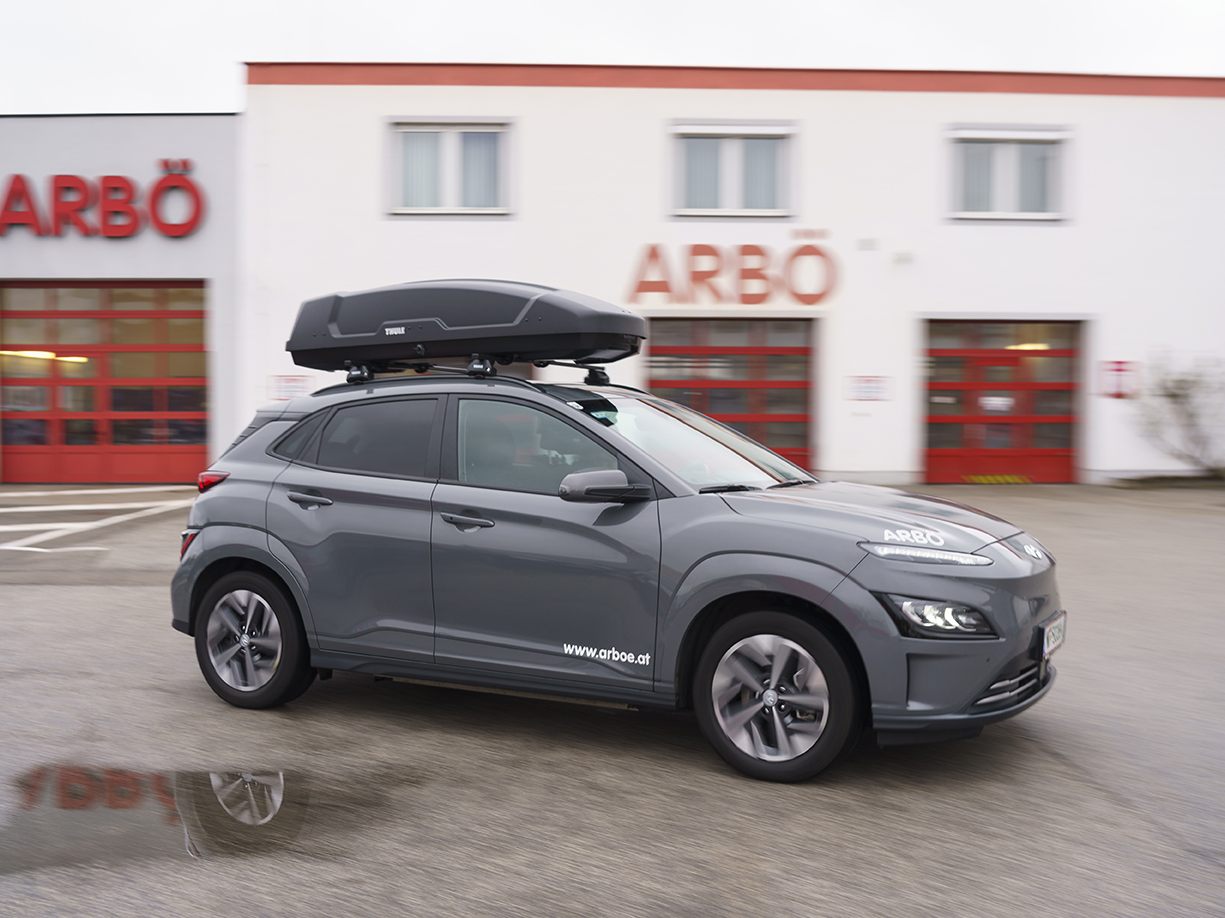The Best Tips for Safe Ski Transport

The safest way to transport winter sports equipment is a suitable transport system on the roof. Therefore, an appropriate investment in a roof box or ski rack is worthwhile. The ARBÖ recommends getting good advice before making a purchase.
Roof Boxes
- Protect skis and snowboards safely and reliably from weather conditions during the journey.
- Provide additional storage space for luggage, thus creating more space in the vehicle's interior.
- Attention should be paid to the maximum load prescribed by the roof box manufacturer as well as the maximum roof load permitted by the vehicle manufacturer.
- Disadvantage: Roof boxes are often more expensive to purchase and must be stored outside of the ski season.
Ski Racks
- A practical alternative that can be easily attached to the car roof via a magnet system or on the basic carriers.
- Ski racks are space-saving and easy to store when not in use.
- Disadvantage: Unlike roof boxes, they do not offer additional storage space.
Both systems increase the air resistance of the vehicle and thus significantly increase fuel consumption. In addition, the additional load shifts the vehicle's center of gravity. Therefore, ARBÖ advises to adjust the driving behavior, reduce the speed, and increase the tire pressure according to the specifications in the operating manual before starting the journey.
Ski Transport in the Interior
If the sports equipment is transported in the interior, skis and snowboards should be stored as low as possible and secured with straps. In addition, protecting the sharp edges, for example with blankets, is important to reduce the risk of injury in case of an accident.
Regardless of the transport method, it is important to secure the load sufficiently to withstand all driving maneuvers such as emergency braking and evasive maneuvers. "We recommend checking three times whether the systems are properly and firmly attached: After assembly, after loading, and after about 20 kilometers of driving. If something is loose, simply adjust the brackets of the carriers or tighten the tension straps," says ARBÖ press spokesman Sebastian Obrecht.
Anyone who does not secure the ski boots, skis or snowboards, or the entire other cargo for the trip, also faces high fines, as ARBÖ legal expert Johann Kopinits finally explains: "The penalty range for non-compliant load securing is up to 10,000 euros. In addition, there is a risk of a note in the driving license register and in the event of an accident also problems with the comprehensive insurance, which can claim damages."
(Red)
This article has been automatically translated, read the original article here.





